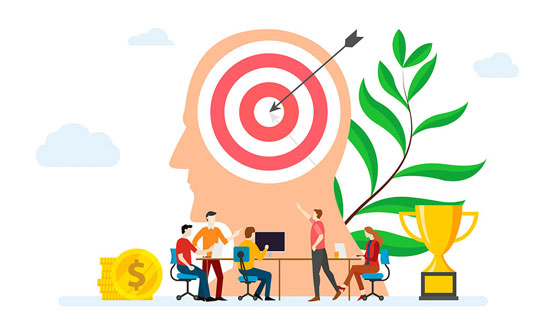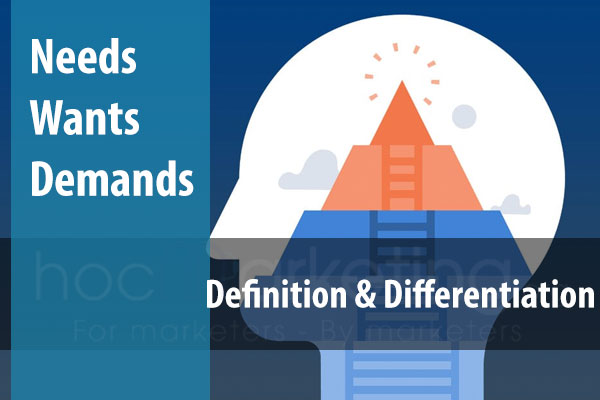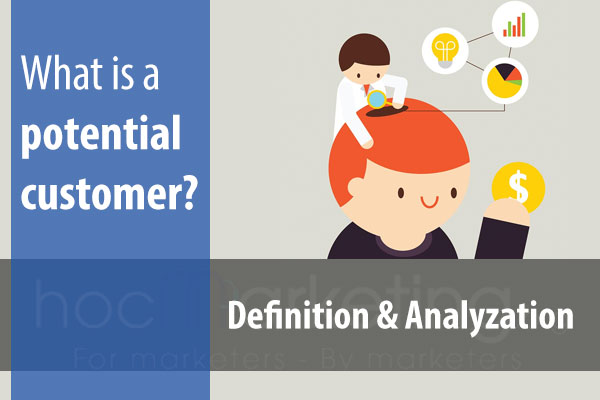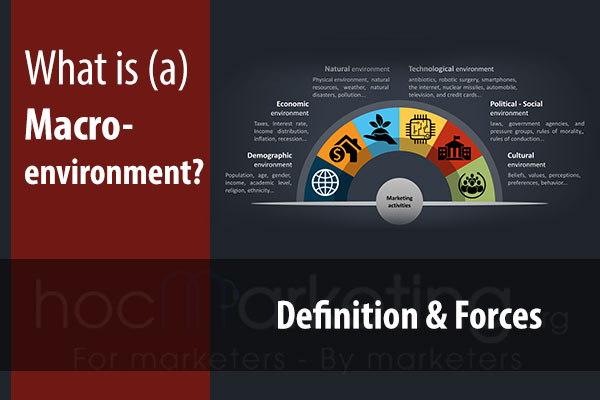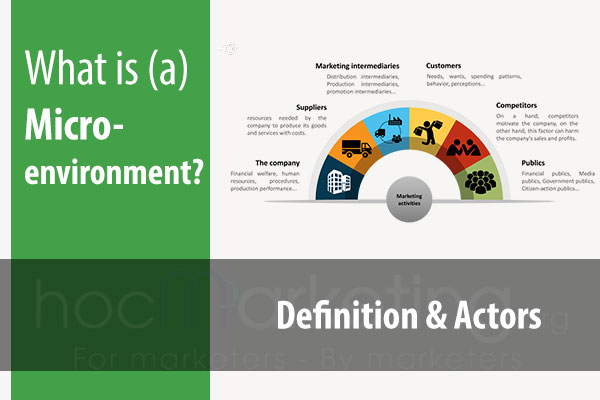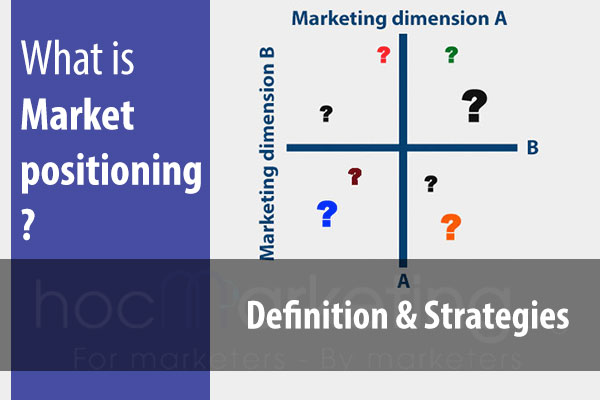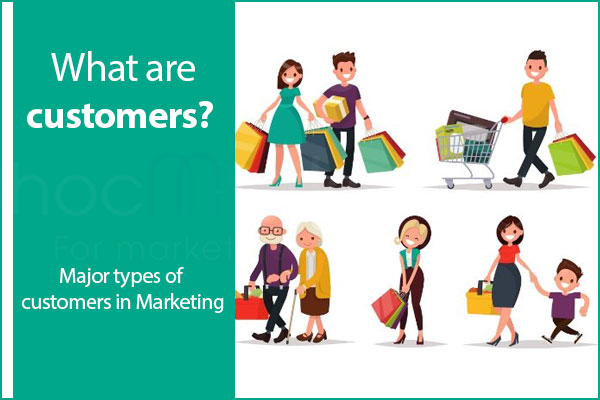
What are customers? Major types of customers in Marketing

What are customers? Major types of customers in Marketing. The role of customers for businesses in general and marketing activities in particular.
Customer is a term used very commonly in life, especially in the business environment, but do we fully understand its meaning. Does "customer" in all cases mean the same or different? Let's find out thoroughly the issues surrounding the term "customer" in this article!
What are customers?
In most cases, including in Marketing, customers are individuals or organizations that buy products/services from stores, stores, manufacturing businesses, or simply have a need to buy. those products/services. Without customers, a business cannot exist.
In business fields that need professional advice such as finance, investment, law, etc., customers are individuals or organizations that buy products/services thanks to advice from experts.
Major types of customers in Marketing
In Marketing, customers can be classified into several types, based on the following criteria:
1. Classification of customers by legal entity
Legal status is the legal status recognized by the State for an organization (group of people) that has the ability to exist, operate independently and be responsible before the law. Thus, according to this criterion, we can divide customers into 2 types: individual customers and business customers.
2. Classification of customers by loyalty level
Based on the level of customer loyalty, we can classify customers into the following categories:
- Potential customers: Customers who have not purchased from a business before, but have a high probability of buying from that business in the future.
- Current customers: These are customers who have purchased from the business but have not seen them come back to buy the next time.
- Loyal customers: These are customers who have purchased from the business many times and are likely to continue to buy from the business in the future.
3. Classification of customers by market segment
Market segmentation is a tool that helps businesses identify the characteristics of their target customers that they can serve well. Based on this criterion, businesses can divide customers into different segments.
The Role of Customers in Marketing
1. Customers decide the existence of the business
Most of the income of businesses and businesses comes from customers. Without customers, a business is almost impossible to survive.
Businesses often honor the adage "the customer is always right" because bringing satisfaction to customers always brings great benefits and revenue to businesses. Therefore, many businesses always know how to take care and regularly listen and collect customer feedback to improve product/service quality, thereby obtaining a more sustainable revenue stream.
2. Customers are the source of the development of new products/services
Almost all new products/services are researched and developed based on issues around target customers such as needs, wants, interests, gender, profession...
For example, the telephone was invented to solve the communication needs of people. Cars are manufactured to serve the needs of traveling and transporting goods. Spa services appear to solve the beauty and relaxation needs of people.
With an increasingly developed society, businesses are always researching and launching new products and services to meet new needs arising along with that development.
3. Customers are the central goal of marketing activities
Marketing activities including market research, product development, image promotion... all revolve around target customers.
4. Customers are the destination of goods/services in the distribution channel
Today, businesses can build a distribution channel model in many different forms (direct distribution channel, 2-level distribution channel, 3-level distribution channel...), but no matter which model goes, anyway, goods/services will always come to the target customers of the business.

